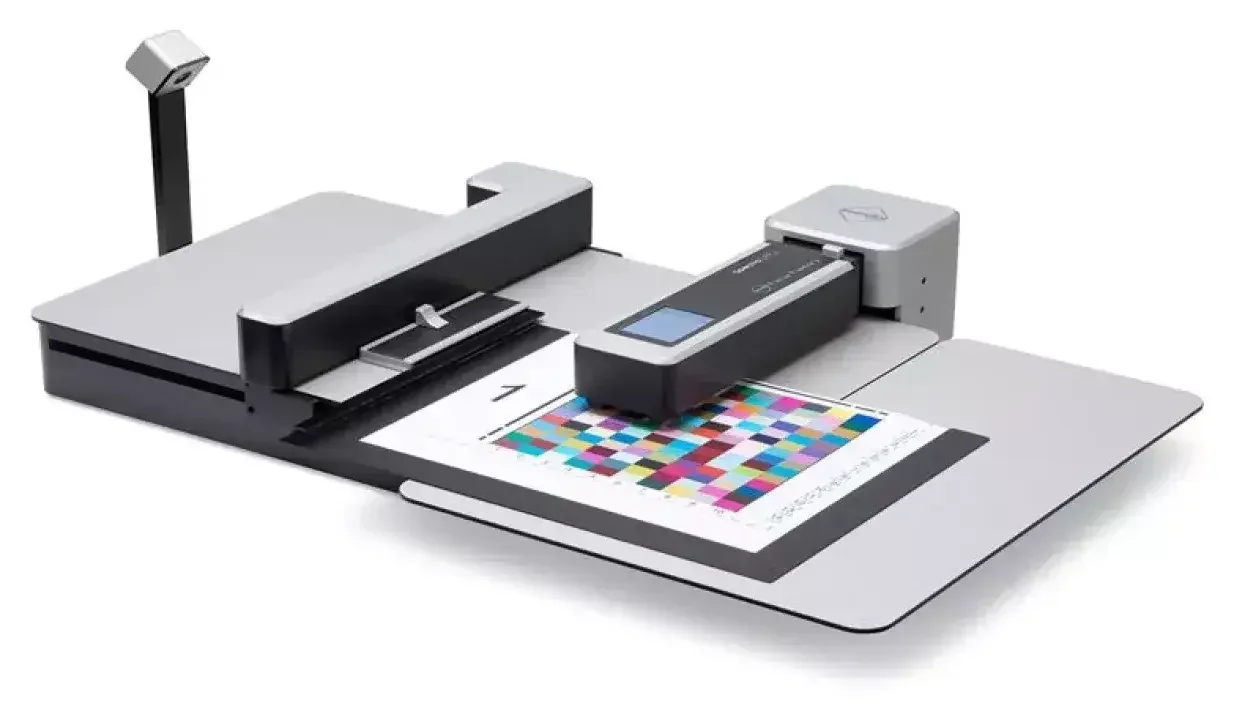Colour Management
How to decide on the right spectrophotometer for you
Author
FESPA Staff
Published Date
04/09/2020
Become a FESPA Member
to Continue Reading
